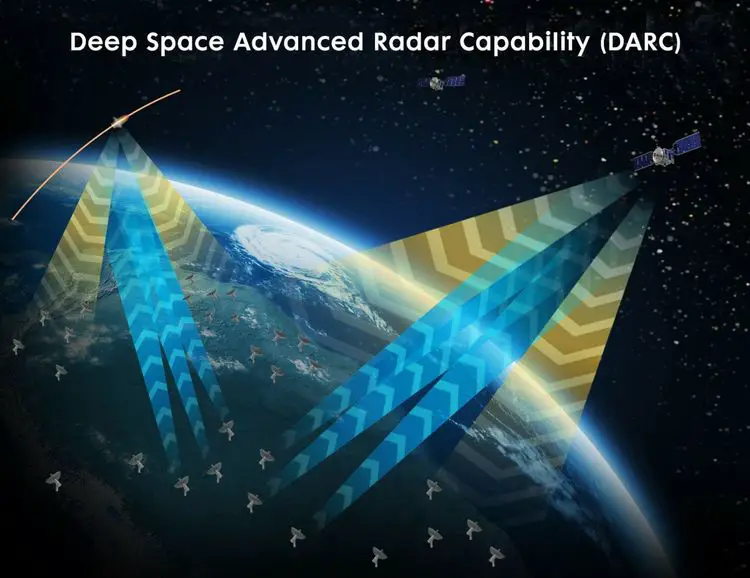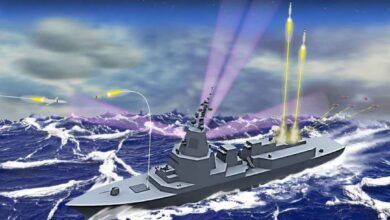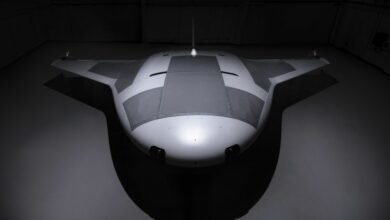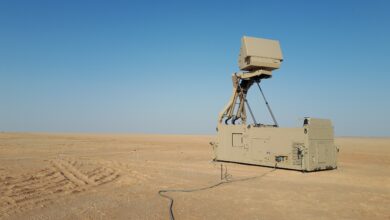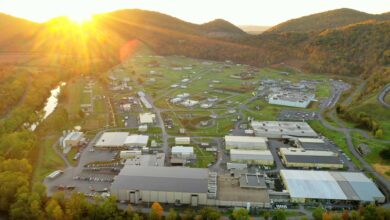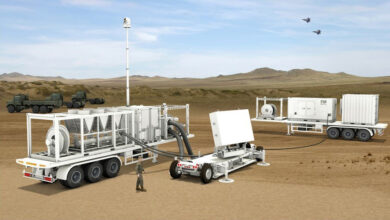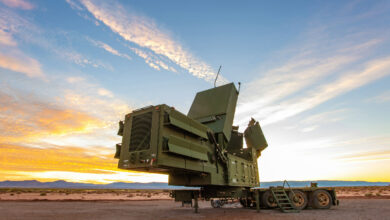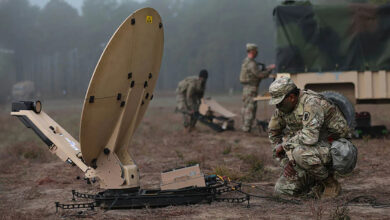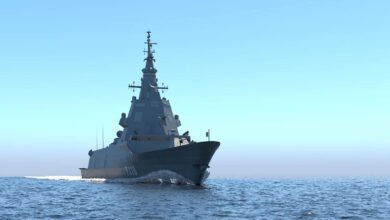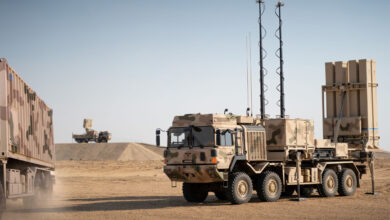US Space Force Awards Northrop $341M Deep Space Radar Contract
The US Space Force has awarded Northrop Grumman a $341 million contract to develop a Deep Space Advanced Radar Capability (DARC) for the Space Domain Awareness (SDA) mission.
The DARC program will develop, test, and field more powerful all-weather ground-based radar to monitor the “highly dynamic and rapidly evolving geosynchronous orbital environment critical to national and global security,” Northrop Grumman vice president of integrated national systems, Pablo Pezzimenti said.
Two More Radars
The contract covers the first leg of the three-phase system that will be placed somewhere in the Indo-Pacific region by 2025. The rest of the DARC sites will be selected in due course as part of the SDA mission.
The SDA replaced the older term Space Situational Awareness in 2019 as the force acquired a better understanding of the growing military importance of the space domain.
Space Domain Awareness
In its previous role, the mission’s mandate was restricted to “detecting, tracking, and identifying all artificial objects in Earth orbit.”
The SDA broadened its scope to “identification, characterization, and understanding of any factor, passive or active, associated with the space domain that could affect space operations and thereby impact the security, safety, economy or environment of our nation,” Space News quoted Air Force Space Command Maj. Gen. John Shaw as writing in an Oct. 4 memo.
Director of staff at US Space Force headquarters, Lt. Gen. Nina Armagno, further explained the need for an upgraded mission last year, saying that the force’s current space tracking capacity was five decades old.
“From a military perspective, there’s a need to understand more deeply the space domain, understand basically who is doing what to whom, and why.”
“We need space domain awareness,” she said. “For years, the domain has been simply recognized as an exercise in cataloging the objects that we can see. And we’ve been using the space track catalog since the 1960s and 70s.”

